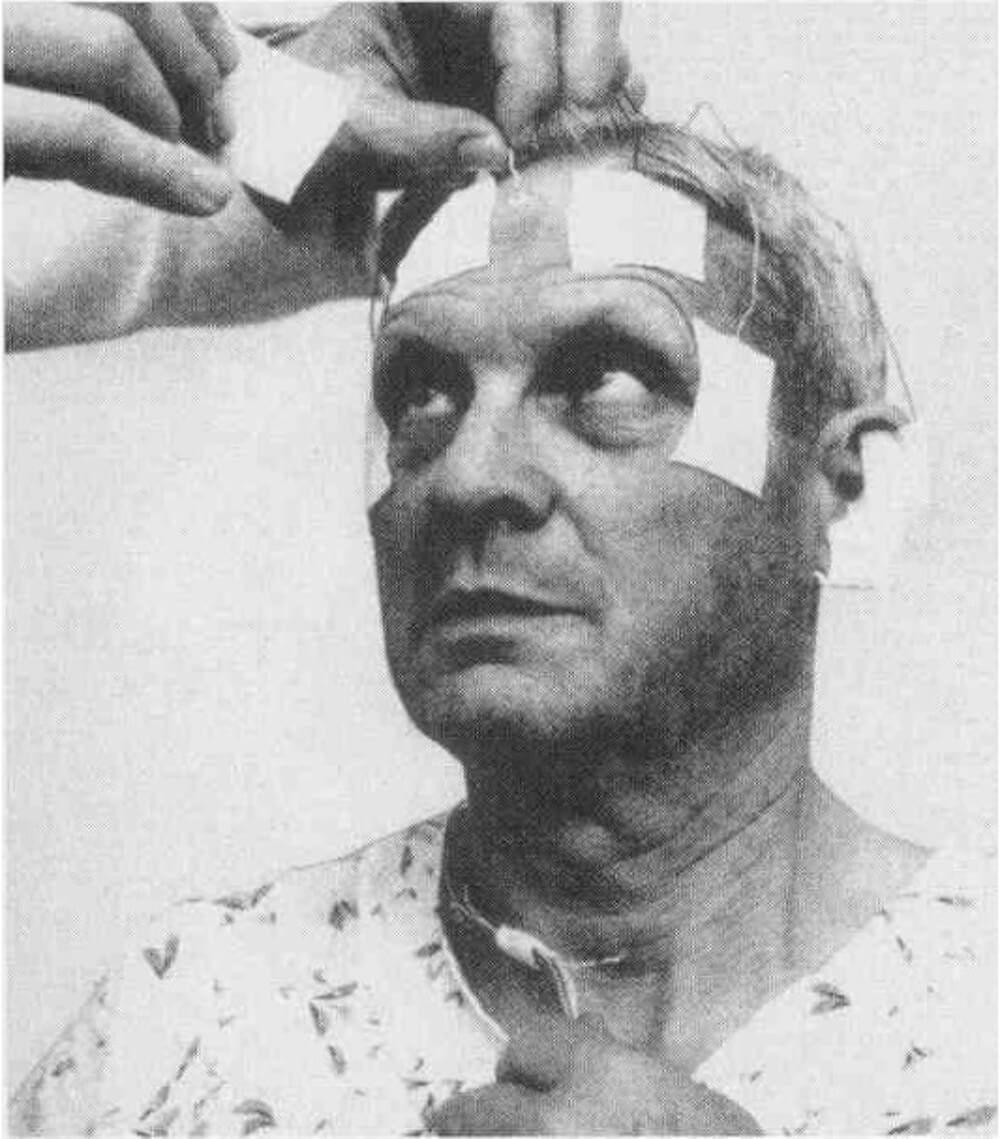Sweet dreams are made of—what?
All of us sleep, and most of us see dreams. Yet dreaming remains a surprisingly mysterious and unexplored part of neuroscience. Let’s talk about dreams.

How do we dream?
Each person spends roughly a third of their lifetime sleeping. Although your body doesn’t move, your brain keeps working at full speed. Sleeping and dreaming are normal states of consciousness—on par with being awake or hallucinating.

We know that sleep is vital to our health. There are studies that link sleeping at least 6-7 hours a day with a healthier heart and a longer lifespan. However, there is no scientific consensus as to why we need to do it.
For most of us, dreams are an essential part of sleeping. Dreams are stories and images that our mind creates. They can be entertaining or terrifying, fun or just weird.
When dreaming, people still have cognitive, sensory, and emotional experiences. The brain keeps its electrical activity: two researchers, Eugene Aserinsky and Nathaniel Kleitman oversaw a series of experiments that measured it in the 1950s.

It turns out that there are several stages of sleep, during which the brain sends different types of electrical signals. And only one such stage—the rapid eye movement (REM)—is associated with dreams.
The stage got its name because the eyes are constantly moving, but do not send any visual information to the brain. The motor cortex is also buzzing, but the brain stem blocks these signals, keeping the body relaxed and calm (except for the eyes).

Babies spent almost 50% of their sleep in the REM stage, whereas for adults this number is at approximately 20%.
There are four other stages of sleep that precede the REM, including the “deep sleep,” when the body uses less energy and the heart rate goes down (this difference in heart rates allows smart watches to track our sleep stages).
The whole sleep cycle repeats roughly every 90 minutes, which means you can see many dreams during one night—although you would probably remember only the last one.
Who has studied dreams and how they do it?
With dreams being such a frequent occurrence, it is natural that we were always keen to study and analyze them. In the Bible, for example, there are several instances of dreams being seen as omens or messages from God. Ancient Mesopotamians recorded their dreams on wax tablets as early as 3000 BCE.


